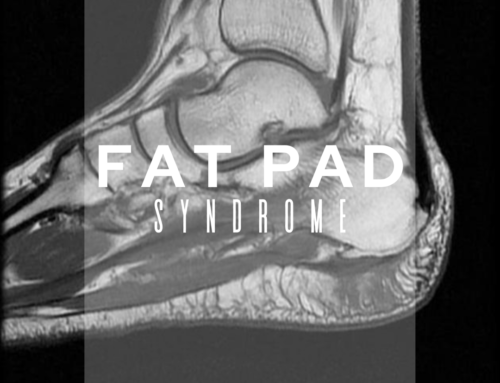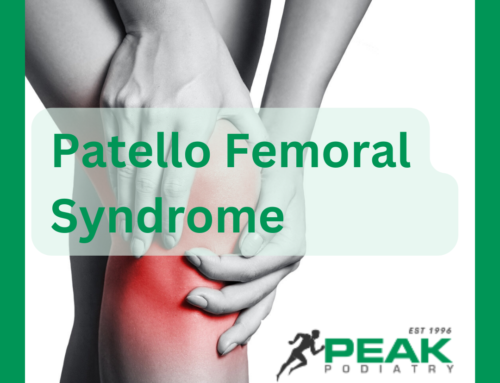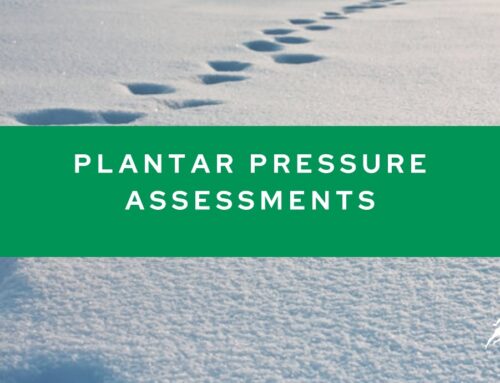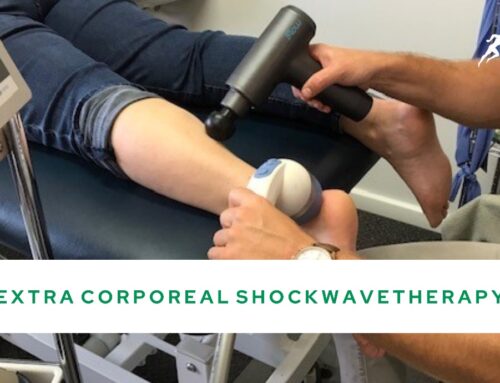Are you one of the thousands of parents that is concerned about how your child runs or walks? Have you noticed that their feet and ankles turn in or out? Do you question your Podiatrist on whether they have “normal” feet? You are not alone. Most childhood foot deformities and abnormal biomechanics are ignored unless they are severe in nature. Conditions such as a severe clubfoot or an obvious rocker bottom flat foot would have been dealt with at a very early stage, so why is it that mild to moderate foot and ankle problems are mostly ignored until the child is complaining of pain? Basically, most will “grow out of it” but sadly enough, if you then realize the magnitude of crippling foot deformities, it is obvious that most people do not “grow out” of their foot problems.
So what kinds of foot and ankle problems should parents look for?
The most common foot problem ignored in children is a flexible flat foot. This can be seen in combination with in-toeing or out-toeing as well. These kids have an arch that collapses to the ground when they bear weight or walk. Their foot is unstable and often their ankle collapses in as well when they walk. Some accommodate for this problem by out-toeing. Often, the child will actually in-toe to try to stabilize their foot. These kids have trouble running fast and also may have trouble standing on their toes. They fatigue easily and are wearing out their shoe excessively. The problem with early diagnosis is that it is normal to have a low arched foot before the age of 3 and most children do not have a well developed arch before age 4-6 years of age. X-rays, gait analysis and physical exam by a podiatrist can help guide parents on whether their child’s foot is normal. Most children with mild to moderate flexible flat foot can be treated with stretching, sturdy shoes and a pre-fabricated orthotic device. Some need physical therapy and a custom orthotic. Only severe flat feet require surgical correction and surgery should not be contemplated unless the child has failed the more conservative approach.
The second most commonly seen children’s foot deformity is actually the opposite of a flat foot. These children have an extremely high arched or cavus foot. Many have metatarsus adductus, which is a curving of the metatarsals or long bones in the forefoot toward the midline of the body. These kids have C-shaped feet early on and often hate wearing shoes because they don’t fit right. They also may have trouble with tripping and falling. They literally trip over their own feet in gait. A child with a cavus foot is more comfortable walking on their toes, so are often brought into the office with a complaint of toe walking. Many children with cavus feet actually have an underlying neurological problem, but it is just as common that they inherited this foot type. If this foot type is identified in the first few months of life, casting and bracing can often help correct the deformity. In an older child, physical therapy and orthotics are quite helpful.
So, why should a parent treat their child’s foot if it does not hurt? Having excessively flexible flat feet or a rigid high arched foot causes the child to have abnormal biomechanics. What does that mean? It means they walk funny and put abnormal pressures on their other joints. The knees, hips and lower back take a beating in these foot types. Think of your feet as tyres on a car. If you have a wobbly tire or a bald spot in your tire, the struts wear out. In this case, the struts are your knees, hips and lower back.
What else can happen from abnormal feet? Common childhood foot complaints of calcaneal apophysitis (irritation of the heel growth plate), Achilles tendonitis and reoccurring sprained ankles are linked with an underlying foot deformity. These can lead to lifelong foot problems and progressive deformities including bunions, hammertoes, pinched nerves and a myriad of tendon issues.
If your child walks or runs funny, a life of foot and ankle pain can be avoided by a trip to the podiatrist. Don’t assume they are going to “grow out of it.”
Visit our podiatrist at Peak Podiatry, and have your child’s foot fully evaluated.








Leave A Comment